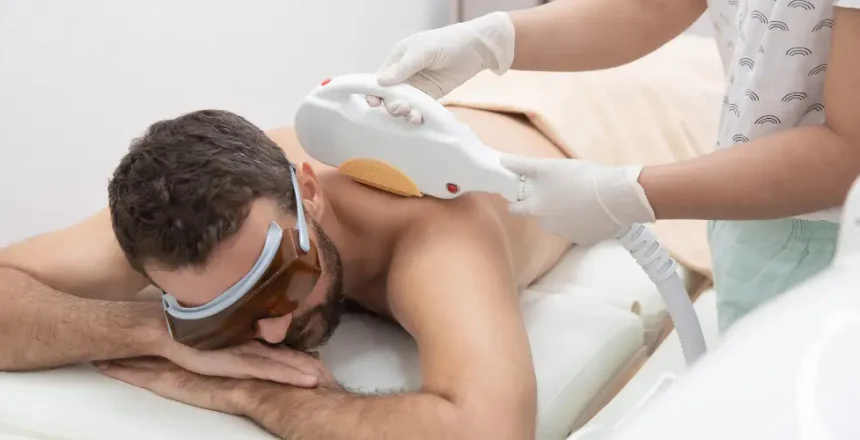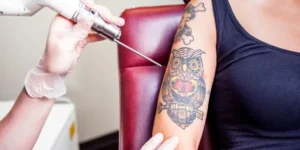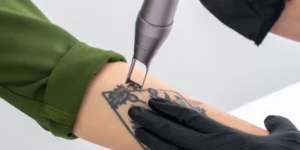Introduction
Tattoo removal has become a sought-after procedure in recent years, as people seek to erase inked memories, whether due to a change in personal preferences, career requirements, or any other reason. While the technology behind tattoo removal, such as laser treatments, has significantly advanced, ensuring optimal results extends beyond the procedure itself. Post-treatment care is pivotal in safeguarding effective outcomes and minimizing potential risks and complications. In this article, we delve into the crucial aspects of post-treatment care following tattoo removal.
Understanding the Tattoo Removal Process
Before diving into post-treatment care, it’s essential to comprehend the tattoo removal process. Laser tattoo removal is the most common method, utilizing targeted laser beams to break down the ink particles in the skin, which are then gradually eliminated by the body’s immune system. This process can require multiple sessions, depending on the size, color, and age of the tattoo, and it often involves a healing period between sessions to allow the skin to recover.
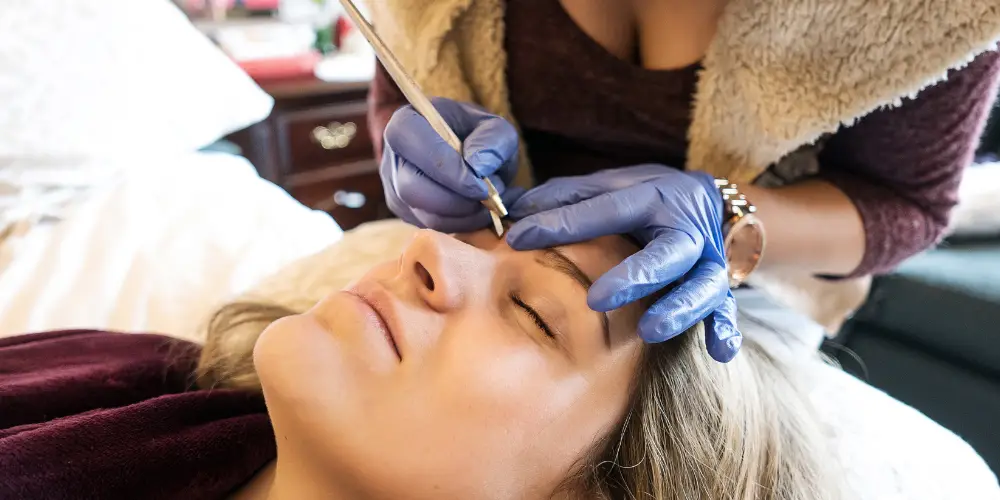
Immediate Aftercare: The First 48 Hours
The initial 48 hours post-procedure are critical in preventing infection and ensuring smooth healing. The treated area may exhibit redness, swelling, and blistering, which are normal responses as the skin begins to heal. Here’s a guideline for immediate aftercare:
- Keep it Clean and Dry: Gently clean the area with mild soap and water, patting it dry carefully. Avoid soaking the area in water.
- Protective Bandage: Use a sterile bandage or non-stick, sterile dressing to shield the treated area from bacteria and external irritants.
- Cold Compress: Apply a cold compress or ice pack wrapped in a clean cloth to manage swelling and alleviate discomfort.
- Elevate: If possible, keep the treated area elevated to minimize swelling.
- Loose Clothing: Wear loose, soft clothing to avoid friction against the healing skin.
Ongoing Care: Weeks Following the Treatment
As the skin continues to heal in the weeks following the treatment, it’s imperative to adhere to ongoing care guidelines:
- Avoid Sun Exposure: Protect the treated area from direct sunlight by covering it with clothing or using a high-SPF sunscreen once the initial healing phase has passed.
- Moisturize: Apply a gentle, fragrance-free moisturizer to prevent dryness and facilitate skin recovery.
- Avoid Scratching: The area may become itchy during the healing process. Refrain from scratching and instead, apply a cool compress for relief.
- Stay Hydrated: Drinking plenty of water aids in overall skin health and recovery.
- Healthy Lifestyle: Maintaining a healthy lifestyle with a balanced diet, regular exercise, and adequate sleep supports the body’s healing mechanisms.
- Follow-up Sessions: Adhere to the recommended schedule for any subsequent treatment sessions to ensure optimal results.
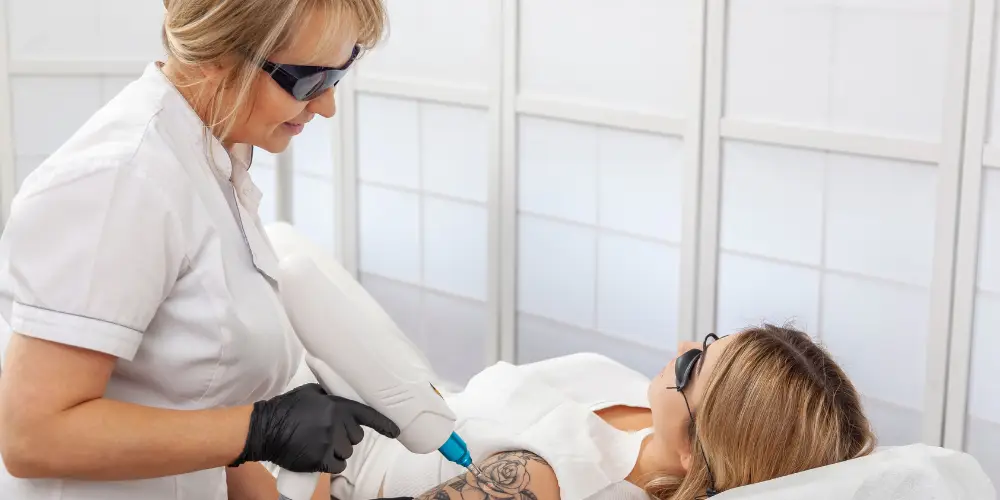
Potential Risks and How to Mitigate Them
Despite the advancements in tattoo removal technology, potential risks such as infection, hyperpigmentation, and scarring exist. Here’s how to mitigate them:
- Infection Prevention: Keep the area clean and protected, and avoid submerging it in water, especially in pools and hot tubs.
- Managing Hyperpigmentation: Limit sun exposure and use sunscreen consistently to reduce the risk of hyperpigmentation.
- Minimizing Scarring: Follow all aftercare instructions diligently and avoid any actions that may irritate the area, such as scratching or applying harsh chemicals.
- Professional Guidance: Ensure that you are in regular contact with your healthcare provider or specialist, reporting any unusual symptoms or concerns immediately.
Conclusion
Tattoo removal is more than just the procedure; it’s a journey that encompasses pre-treatment preparation and post-treatment care. Ensuring the best results involves a commitment to meticulous aftercare, safeguarding against potential risks, and supporting the skin’s natural healing process. By adhering to the guidelines and maintaining open communication with your specialist, you pave the way for successful tattoo removal and healthy, resilient skin.
